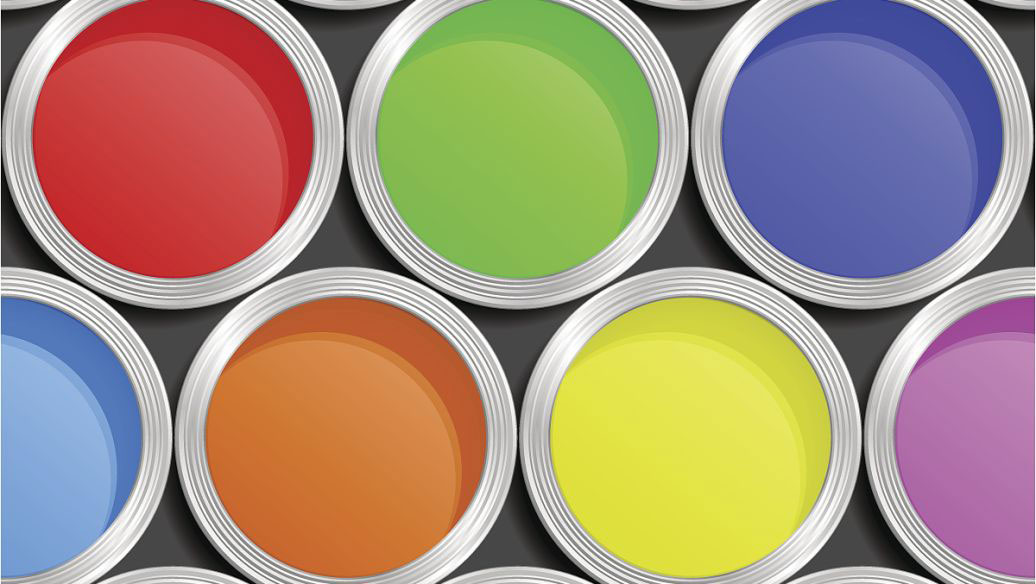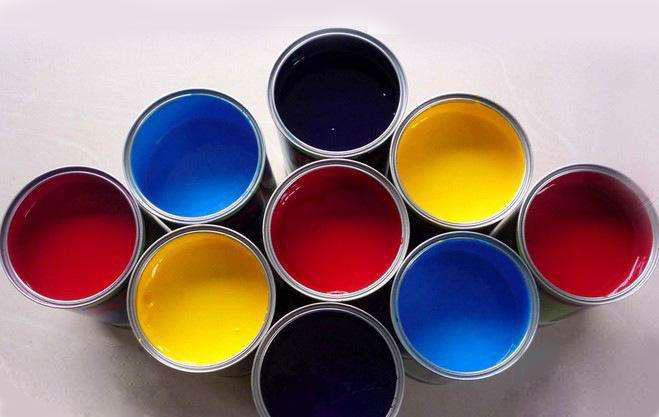1. What happens when the ink is over-cured?
There is a theory that when the ink surface is exposed to too much ultraviolet light, it will become harder and harder. When people print another ink on this hardened ink film and dry it a second time, the adhesion between the upper ink and the lower ink will become very poor.
Another theory is that over-curing will cause photo-oxidation of the ink surface. The occurrence of photo-oxidation will destroy the chemical bonds on the surface of the ink film. If the molecular bonds on the surface of the ink film are degraded or damaged, the adhesion between it and another ink layer will decrease. The over-cured ink film is not only inferior in flexibility, but also prone to surface embrittlement.
2. Why is the curing speed of some UV inks faster than other inks?
UV inks are generally formulated according to the characteristics of certain substrates and the special requirements of certain applications. From a chemical point of view, the faster the curing speed of the ink, the worse its flexibility after curing. You can imagine that when the ink is cured, the ink molecules will undergo a cross-linking reaction. If these molecules form a lot of molecular chains and there are many bifurcations, the curing speed of the ink will be very fast, but the flexibility is not high; If the molecular chains formed by these molecules are relatively small and there are no bifurcations, the curing speed of this ink may be very slow, but it will be very flexible.
Most inks are designed according to application requirements. For example, for inks designed specifically for the production of membrane switches, the cured ink film must be compatible with the composite adhesive and be flexible enough to accommodate subsequent processing such as die-cutting and embossing. It is worth noting that the chemical raw materials used in the ink can not react with the surface of the substrate, otherwise it will cause cracks, breakage or delamination. The curing speed of this kind of ink is usually relatively slow. Those inks designed for the production of cards or hard plastic display boards do not need to have such a high degree of flexibility, and according to the application needs, they dry faster.
Regardless of whether the ink drying speed is fast or slow, we must take the final application as the starting point. Another noteworthy issue is the curing equipment. Some inks can be cured quickly, but due to the low efficiency of the curing equipment, the curing speed of the ink may slow down or the curing may not be complete.

3. Why does the polycarbonate (PC) film turn yellow when I use UV ink?
Polycarbonate is more sensitive to ultraviolet light with a wavelength of less than 320 nanometers. The yellowing of the film surface is caused by the breaking of molecular chains caused by photo-oxidation. Plastic molecular bonds absorb ultraviolet light energy and generate free radicals. These free radicals react with oxygen in the air to change the appearance and physical properties of the plastic.
4. How to avoid or eliminate the yellowing of polycarbonate surface?
If UV ink is used for printing on polycarbonate film, the yellowing of its surface can be reduced, but it cannot be completely eliminated. The use of curing bulbs with added iron or gallium can effectively reduce the appearance of this yellowing. These bulbs reduce the emission of short-wavelength ultraviolet rays to prevent damage to the polycarbonate. In addition, properly curing each ink color can also help reduce the exposure time of the substrate under ultraviolet light and reduce the possibility of discoloration of the polycarbonate film.
5. What is the relationship between the setting parameters (watts/inch) on the UV curing lamp and the readings we see from the radiometer (watts/square centimeter or milliwatts/square centimeter)?
Watt/inch is the power unit of the curing lamp. It is based on Ohm’s law volt (voltage) x ampere (current) = watt (power); and watt/square centimeter or milliwatt/square centimeter means that the radiometer passes The peak illuminance (UV energy) in each unit area under curing light.
The peak illuminance mainly depends on the power of the curing lamp. The reason why we use watts to measure the peak illuminance is mainly because it represents the electrical energy consumed by the curing lamp. In addition to the power received by the curing unit, other factors that affect the peak illuminance include the condition and geometry of the reflector, the age of the curing lamp, and the distance between the curing lamp and the curing surface.
